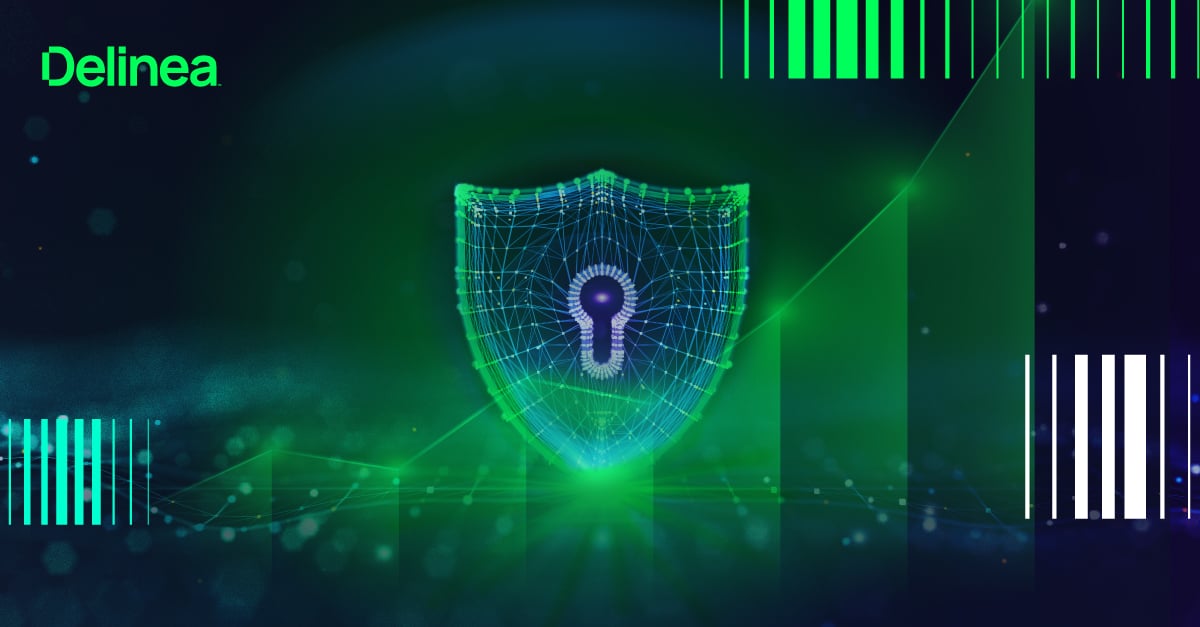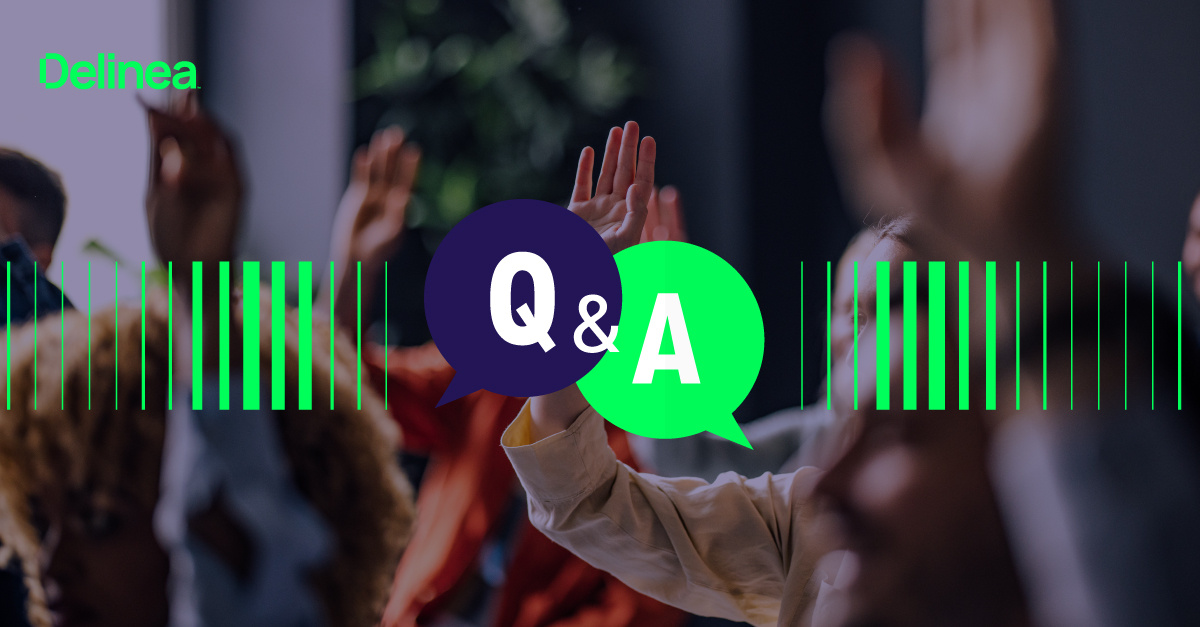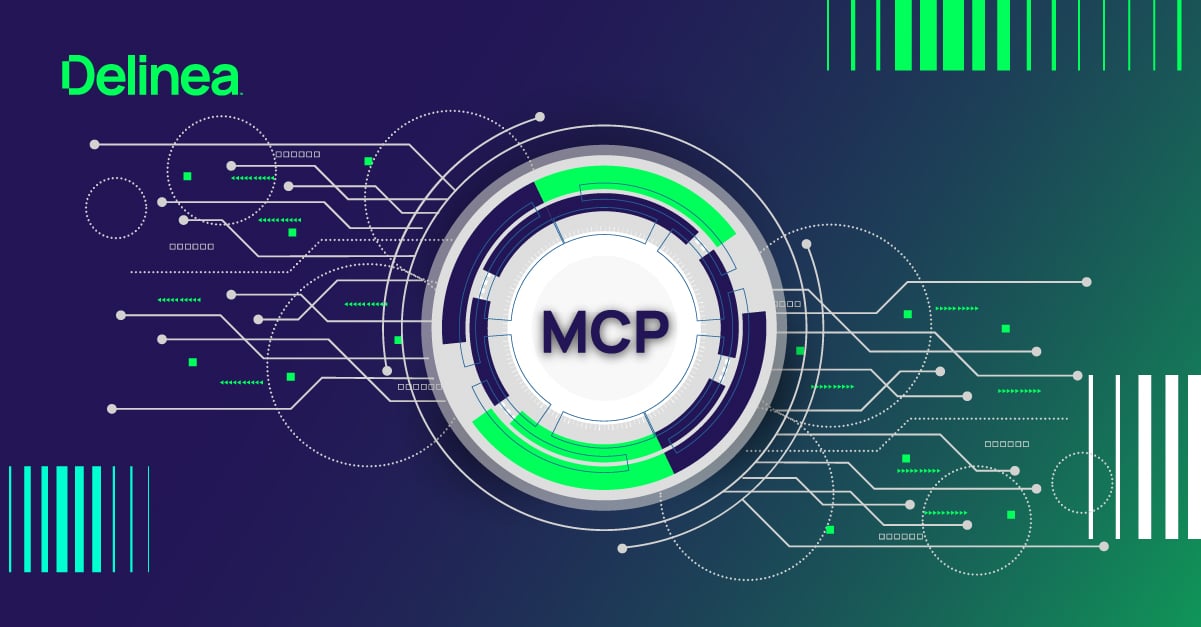Part 1: How to evaluate an identity security platform: 10 questions that matter
Why look past security?
Identity security vendors often discuss locking down privileged access, enforcing least privilege, MFA, or rotating secrets. These are critical and well-documented.
What's often overlooked is that a true identity platform delivers much more than security controls. It creates value in operational areas that often don’t get top billing, such as compliance efficiency, fewer mistakes, faster investigations, automation-driven productivity, and even cost savings.
That's the focus of this two-part blog series.
This post—part 1—takes a vendor-neutral view. It offers ten RFP-style questions you should ask to assess whether an identity solution has real platform strength, supports multiple products through shared services, and delivers benefits across IT, compliance, and operations.
Part 2 will map those questions to specific capabilities in the Delinea Platform, showing how a strong foundation translates into real-world results.
The goal is to help you evaluate identity solutions based on their security features and the platform benefits beyond security, which often determine long-term success.
1. How does the platform centralize compliance data and audit feeds?
Auditors and incident responders don't want twenty different log exports; they want a coherent story of who accessed what, when, and under what controls. Compliance and fast root cause analysis become manual efforts if each product maintains its own siloed logs.
The platform should provide centralized logging and audit services, built on a standardized communication layer that enables consistent data exchange across products and external tools. One example is the OpenID Foundation's Shared Signals Framework (SSF), an open standard that allows identity and security systems to share security events and risk signals in real time, a foundation for Continuous Access Evaluation and Zero Trust.
Why it matters:
- Consistency: Every product and integration uses a common schema and signal format.
- Efficiency: Compliance and audit data flow through one standard pipeline.
- Ecosystem readiness: Support for open frameworks like SSF enables interoperability and continuous access evaluation.
When evaluating a platform, ask: Does it centralize data across platform products and leverage open standards like the Shared Signals Framework to share identity events across products and third-party systems? Or does each product use proprietary formats that limit visibility and automation?
2. Does the platform provide lifecycle modeling services that all products can consume?
Provisioning is often left to individual tools. HR handles one process, IT handles another, and cloud teams script their own. That's where mistakes creep in, such as role drift, orphaned accounts, and lingering permissions.
A comprehensive platform provides a lifecycle modeling engine: a shared service that understands joiner-mover-leaver (JML) events and can trigger consistent updates across multiple products. Whether revoking a credential from a vault, downgrading a cloud entitlement, or deactivating a server login, all products rely on the same lifecycle logic.
Why it matters:
- Coherence: No more separate provisioning scripts that conflict.
- Fewer errors: Access updates happen automatically when roles change or through scheduled entitlement recertification tasks.
- Auditability: Lifecycle changes are tracked at the platform layer.
Ask vendors: Does your platform expose lifecycle services as APIs or policy triggers that all products use? Can third-party systems subscribe to those same events?
3. Can the platform correlate identity activity across domains for investigations?
Logs by themselves are just dots on a page. What investigators need is a line connecting them. If the vault or your IdP shows one access, the server logs another, and the cloud shows a third, it can take days to piece them together.
A real platform provides a correlation layer, a service that links identity actions across domains and normalizes them into connected trails. This is bigger than product-specific logging. It's the difference between "a login happened" and "this identity used a vaulted credential, elevated privileges on a server, and then accessed a cloud database within 10 minutes."
Why it matters:
- Speed: Investigations move faster when you don't stitch data manually.
- Clarity: Analysts see identity behavior as a chain, not isolated events.
- Containment: Lateral movement is easier to detect and stop.
RFP angle: Ask whether the platform provides event correlation services at the platform layer, and whether multiple products (and external tools) publish into and consume from that service.
4. Does the platform support all identity types at its core, including human, machine, AI, and cloud-native?
Most enterprises already manage more machine and application identities than human users. APIs, service accounts, containers, bots, and now AI agents all require governance. If the platform only understands "users," you're building on a foundation with blind spots.
A platform should provide a shared identity inventory, a classification and discovery service that catalogs both human and non-human identities. Products should be able to consume this inventory rather than reinventing their own.
Why it matters:
- Coverage: Machine and AI accounts are often the easiest path for attackers.
- Consistency: One identity model avoids double-counting or missed accounts.
- Future-proofing: As new identity types emerge, they're integrated once at the platform layer, not product by product.
Ask: Does the platform provide a global identity store or inventory service?
How are new identity types discovered and classified?
Can all products consistently reference them?
5. Does the platform implement shared signals and open standards like MCP?
Identity platforms don't operate in isolation. They must integrate with SIEM, SOAR, EDR, CSPM, and AI agents. Without shared signals, integrations become brittle point-to-point connectors.
As discussed in Question 1, open standards such as the OpenID Foundation's Shared Signals Framework are already helping vendors exchange security and risk events consistently across systems.
The next frontier is enabling interoperability with AI-driven systems. One example is the Model Context Protocol (MCP), an emerging open standard supported by Anthropic, OpenAI, Google, and others. MCP enables AI agents to interact with external systems securely, and some vendors are already demonstrating how MCP can connect AI agents with platform services without exposing secrets.
Why it matters:
- Interoperability: Standards like MCP allow AI agents and enterprise platforms to communicate securely without custom connectors.
- Future-readiness: As AI-assisted automation grows, supporting MCP ensures the platform can participate safely in that ecosystem.
- Security and transparency: Identity context, logging, and policy controls extend to AI-initiated actions
RFP focus: Ask vendors whether their platform supports open interoperability standards such as the MCP for securely connecting AI agents and automated workflows. Verify that these capabilities are implemented at the platform layer, providing shared access and audit services for all products, rather than as isolated product integrations.
6. Is there a centralized policy service that governs all products?
Policy drift is real. MFA enforced one way in a VPN, another way in the cloud, and forgotten entirely in a legacy app creates exploitable gaps.
A mature platform includes a centralized policy engine that applies across products and identity types. All connected tools, whether vaulting, privilege management, session control, or cloud entitlements, reference the same engine for authorization decisions. That engine should support contextual factors such as location, device health, and behavioral risk score, and allow administrators to define policies once and have them enforced consistently everywhere.
A good example of this principle is multi-factor authentication (MFA) at depth. Instead of a single MFA challenge at login, a centralized engine should be able to enforce MFA at multiple access gates, for example, when logging into the platform, checking out a Secret, initiating a privileged session, performing a direct server login, or elevating privileges mid-session. Each checkpoint draws on the same policy logic, applied through different consuming products.
Why it matters:
- Consistency: One policy definition applies across multiple access points.
- Defense in depth: MFA and other controls are applied at every critical step, not just once.
- Operational agility: Updates and conditional rules can be applied centrally and instantly.
RFP focus: Ask vendors whether their platform provides a centralized policy engine that supports context-aware enforcement, including the ability to apply MFA or other step-up authentication policies at multiple enforcement points ("MFA at depth"). Verify that this capability is native to the platform layer and not configured separately within each product.
7. What automation and orchestration services does the platform expose?
Automation isn't just a product feature; it's a platform service. The Delinea Platform exposes webhooks for event-driven automation, policy/workflow engines, and Identity Lifecycle Management joiner–mover–leaver automations.
A strong platform leverages these services to automate everyday identity operations. For example, Secret Server can rotate credentials automatically on schedule or at check-in, and manage dependencies and SSH key rotation without manual steps. ILM automates JML provisioning and deprovisioning. Webhooks forward audit events to downstream systems (ITSM, SIEM, SOAR) so they can act automatically, e.g., ServiceNow ticket validation and work-note updates. When anomalies are detected, Identity Threat Protection can execute automated responses via integrations (e.g., Okta) to contain risk.
Why it matters:
- Efficiency: Use discovery and rotation policies instead of one-off scripts; accounts and secrets are found and imported automatically, and passwords rotate on policy.
- Extensibility: External tools plug in cleanly—send platform events to ServiceNow, Splunk Cloud, or Microsoft Sentinel via webhooks.
- Reduced error: Codified approval/workflow models (Secret Server, Cloud Suite) standardize access requests and reviews, minimizing manual steps and variance.
RFP angle: Ask vendors whether automation lives at the platform layer, with APIs, event streams, and workflow engines, or is duplicated across products.
8. What session and activity visibility services are built into the platform?
Privileged session recording and activity monitoring are well-known, but they're often implemented separately in each tool, creating silos and uneven visibility.
A platform should provide shared session visibility services, a consistent framework for capturing, storing, and reviewing session activity, even if the actual recording occurs in different places.
For example, session recording might occur at the platform or vault layer when a login session is initiated from there. Still, if someone connects directly to a server, recording may occur at the operating-system level instead. While recording can be distributed, all resulting session data should be centrally visible in the platform, where it can be searched, replayed, and correlated.
When sessions are visible at the platform level, advanced services like an AI-based analysis tool can automatically scan those recordings for anomalous activity, risky commands, or policy violations. Instead of relying solely on manual review, the platform can flag suspicious behavior, correlate it with identity context, and alert investigators or compliance teams in near real time.
Why it matters:
- Unified evidence: Distributed recordings are still aggregated and analyzed centrally.
- Automation and insight: AI-driven analysis accelerates detection of unusual activity.
- Efficiency: Storage and indexing are unified rather than fragmented across tools.
- Broader applicability: New integrations automatically gain visibility through the same framework.
RFP focus: Ask whether the platform provides centralized visibility and analysis for session activity, even when session recording occurs in distributed locations (e.g., vault, server OS). Confirm that recorded data can be consumed by analytics or AI-based auditing services for automated anomaly detection and reporting.
9. How is the platform architected for scale and resilience?
An identity platform is mission-critical. If it slows down or goes offline, every connected product and process is affected. Evaluating resilience means understanding how the platform is built to handle failure, growth, and continuous updates without disruption.
A well-engineered platform typically uses microservices for fault isolation, active-active clustering for instant failover, and geo-redundancy for regional resilience. It should support zero-downtime upgrades and a published SLA, for example, 99.995 percent uptime covering maintenance and unplanned outages. These architectural choices separate enterprise-grade platforms from those that scale in theory.
Why it matters:
- Reliability: Continuous availability for every dependent product and workflow.
- Performance: Consistent responsiveness underload.
- Continuity: Maintenance and upgrades without forced downtime.
RFP focus: Ask vendors how their architecture maintains service continuity, specifically whether it supports microservices, active-active clusters, and zero-downtime upgrades. Confirm that high-availability guarantees apply to the entire platform, not just individual products.
10. What is the platform's contribution to productivity and cost savings?
Security budgets are under pressure, and every tool is expected to prove ROI. A platform should make operations more efficient, not just more secure.
The key is shared and automated services: one logging pipeline, policy engine, and automation layer, all operating through the platform. Instead of maintaining integrations and policies in multiple products, teams define them once and apply them everywhere. Platform-level automations such as AI-based session recording analysis, continuous discovery of new identities and assets, and automated lifecycle adjustments further reduce manual effort.
Together, these capabilities lower operational overhead, speed up onboarding, and eliminate duplication across tools and teams.
Why it matters:
- Lower TCO: Fewer tools and integrations to maintain.
- Staff efficiency: Less time wasted reconciling policies or reports.
- Faster business operations: Onboarding and investigations move quickly.
Ask: How does the platform reduce duplication across products?
Can you show examples of operational savings beyond core security outcomes?
Wrapping up
The difference between a product and a platform is architectural. Products solve problems. Platforms provide shared services such as audit pipelines, lifecycle engines, correlation layers, policy engines, and automation buses that many products can consume. That's what creates consistency, efficiency, and long-term value.
These ten questions are designed to uncover whether a vendor truly offers a platform or just a collection of disconnected tools. They cover the security basics and the compliance, investigation, automation, and cost-efficiency outcomes that IT and security leaders rely on.
In part 2 of this blog—How to evaluate an identity security platform: 10 questions that matter—we examine these same questions and explore how they relate directly to the capabilities of the Delinea Platform. That way, you can see what strong answers look like in practice and how the proper platform foundation drives value across multiple products, not just one.


